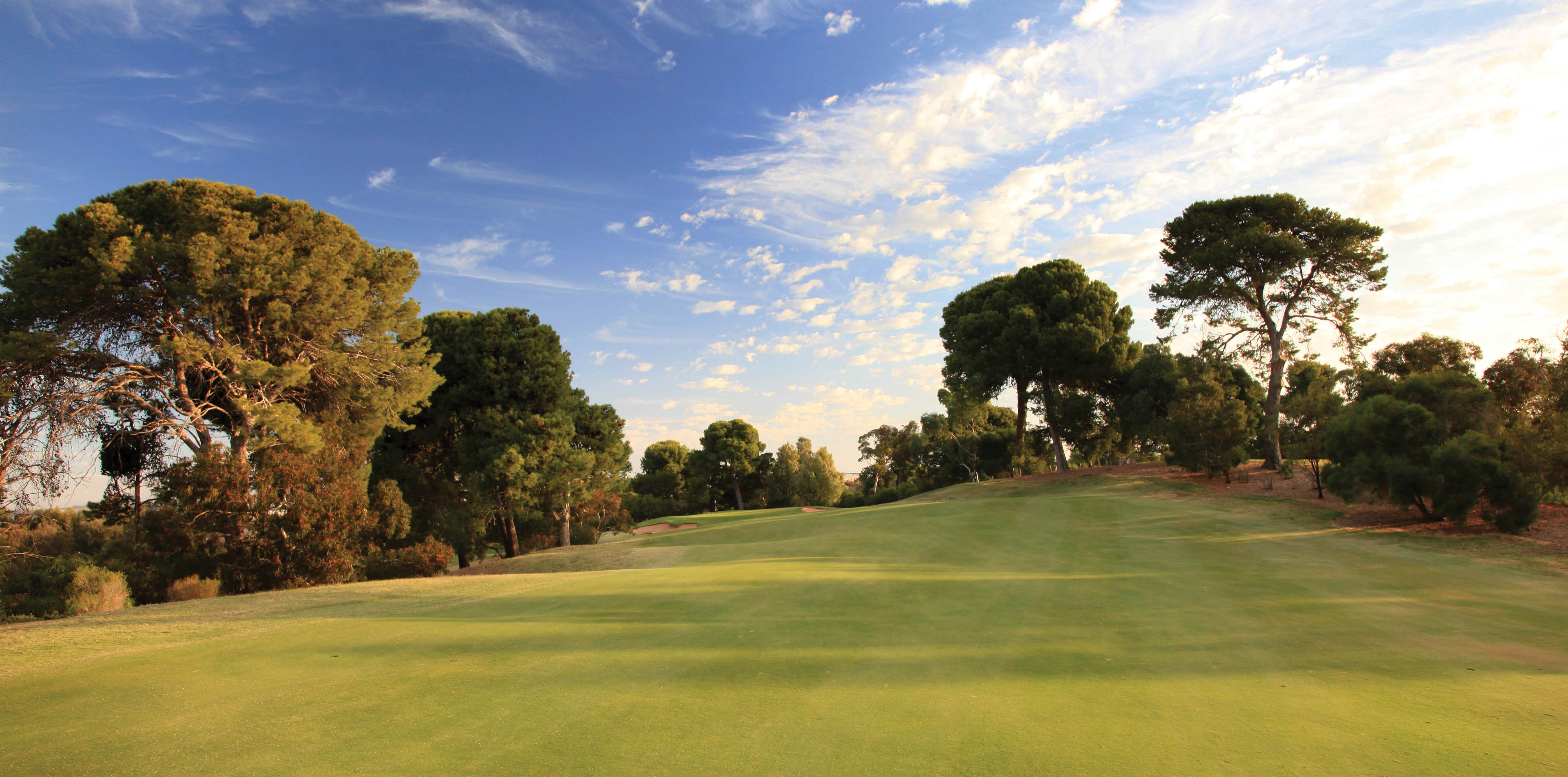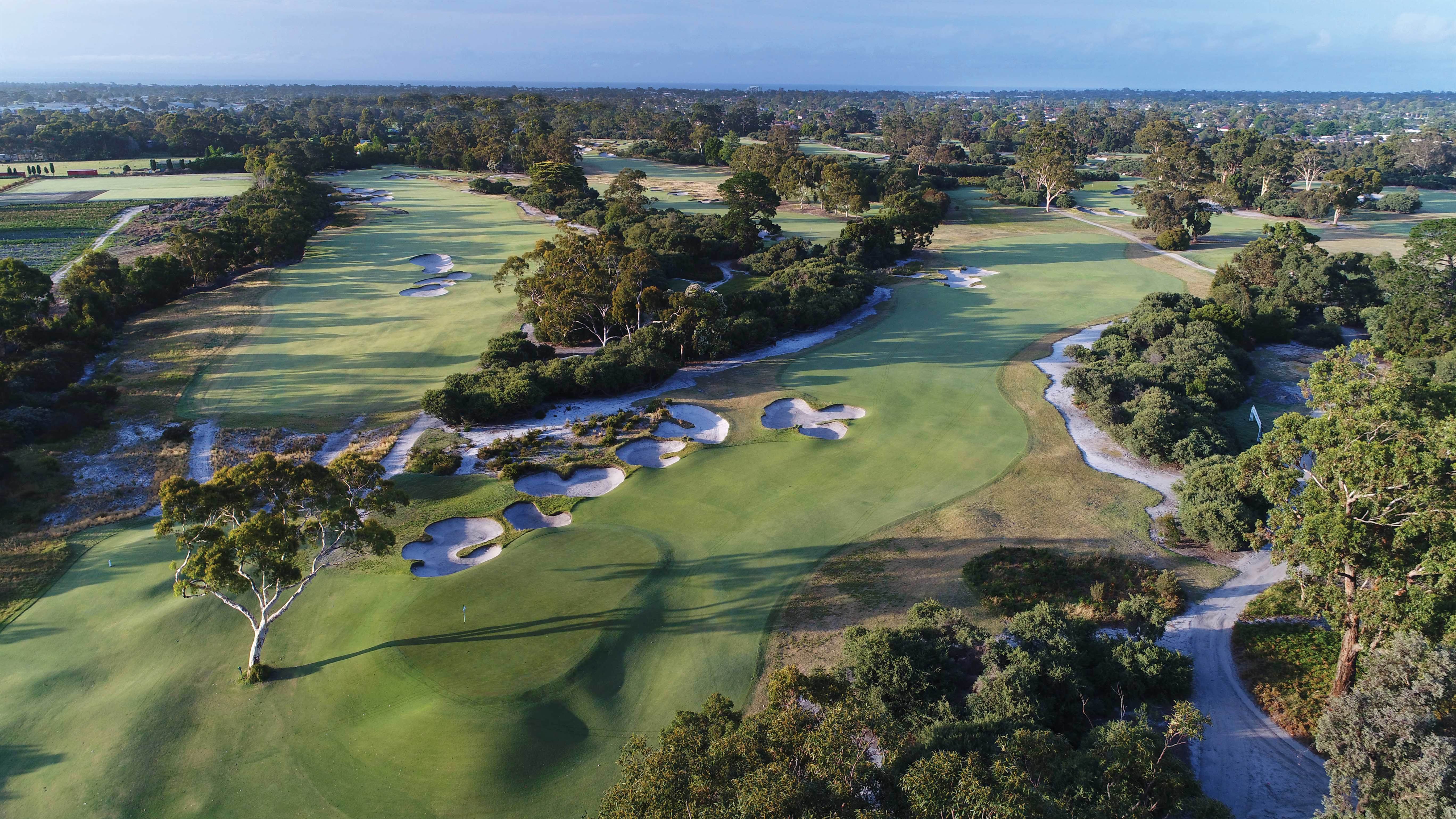Two-shot holes – whether they are medium to long par-4s or short par-5s – make up the majority of holes we all play. Golf Australia Architecture Editor Mike Clayton explains what separates the great from the good and reveals a host of Australia’s best.
The test at the heart of every golf course made to test ‘championship golf’ is the collection of medium to long two-shot holes.
The par-3s use up small spaces, alleviate the need for long walks between holes and ensure everybody, at some point in the round, plays shots to greens from the same place.
The short 4s mix quirk, humour, the need for a vexing decision from the tee and whilst you hope for a birdie a dropped shot is unnecessary, annoying but easily done. Unlike the longer two shotters, a driver isn’t often the best club from the tee.
The longer par-5s – the most difficult holes to make really interesting – test two long woods and pitch shots.
But generally it’s the longer two-shotters (whether they be medium to long 4s or short 5s) making up the largest group of holes (Royal Melbourne West has 10, Royal Adelaide 8). As
par-4s they are the most difficult of all holes to make a par but as par-5s they are the easiest.

The reason so many of my favourite holes are found on courses recognised as the best in the country is simply because they show off the widest collection of first-class holes.
They play over the most interesting pieces of land highlighted generally, but not always, by a sand base, undulation, ideal indigenous vegetation and the space to make a great routing.
In this era it is assumed the higher ranked courses are in good condition and some, including New South Wales, The National Old Course and Barnbougle Dunes add spectacular views to the experience of playing the course.

Fundamentally though, in truly measuring the quality of a course, the condition of the playing surfaces and the views are less important than the quality of the holes. A great experience does not necessarily make a great course but the best courses mix the experience (the views, condition, ambience and reputation) with great architecture.
There are, of course, scores of lesser-known or less well-regarded courses with a brilliant hole or two, holes capable of holding their head up at Royal Melbourne. Kingston Heath, NSW or Royal Adelaide.

Melbourne’s Long Island is a ‘second-tier’ sandbelt course (in a game dependent on quality second and third-tier courses for its popularity and survival) but my description would be under-valuing what is a fine course on one of the more interesting pieces of suburban golf land in the country. The run of par-4s from the 6th to the 8th match any trio of par-4s at more famous courses and any list of the best long two-shot holes in the country should include both the 6th and 7th at Long Island. The 5th and 6th holes at Newcastle play over similarly brilliant, undulating dune land, putting them in the same class.

The best long two-shotters test a player’s ability to execute a pair of classy long shots. At the same time, they show off interesting strategies most often built around a green benefiting a shot played from a particular part of the fairway. Almost always, the preferred line is defended by a hazard designed to cost a shot, or at least a portion of one.
One of the best is Royal Melbourne West’s 17th. It clearly favours a right-to-left tee shot played close to the fairway bunker on the left corner of the dogleg but the green, orientated from left-to-right and guarded by a deep bunker on the right, screams out for a left-to-right approach. The further right the drive the more difficult the approach.

Related Articles

Column: The Sandbelt never lies

Under the radar into contention: Si Woo’s scintillating Australian Open Saturday













